Quintessential Karachiite: Having witnessed highs and lows of Karachi, this man truly owns the city
When the metropolis saw a decline, Jameel Yusuf worked extensively to restore its past glory

A Reuters file photo of Karachi seaview.
For Jameel Yusuf, perhaps a Karachiite more than anything else, who lived those times, it was like living in a city of dream.
And then, the dream broke.
Development stalled, a city once cradled by peace was overtaken by violence and gripped by intolerance and bigotry, replacing its literature and education.
Karachi had turned into a nightmare that was as real as it could get - once the ‘City of Lights’, it was witnessing the bleakest hour.
But even then, Yusuf did not lose all hope and made all-out efforts to restore Karachi to what it once was - an image deeply etched into his memories.
Formative years
Yusuf was a child when he first came to Karachi, as his family shifted from Lahore, where it had a transient stay after migrating from Hyderabad Deccan in India.
Since then, he and Karachi grew side by side with each other.
Reminiscing about his childhood in the city, Yusuf recalled that his teachers at St Lawrence School particularly focused on students’ character development. It was the same at home, he said. Such an upbringing inculcated humanity and other values in children. The same was the case with Karachi, he said, where prejudice of any kind was non-existent and harmony nurtured.
Back in those times, the development of the city’s infrastructure too was up scaled, recalled Yusuf. Particularly speaking of the 60s, he painted a charming picture of the metropolis, where no garbage dumps lined the streets and roads, horse carriages and donkey carts were one of the primary modes of transport and stray dogs didn’t hound the citizens.
“The Karachi Metropolitan Corporation was quite active in those days, towns were properly planned and wide roads and streets, schools and playgrounds were readily developed,” he said.
Witnessing the decline
Over the years, Yusuf completed his graduation in mechanical technology and moved on to starting his own business. However, whereas Yusuf experienced growth, Karachi was on the road to decline.
By then, educational standards had drastically dropped for various reasons, said Yusuf., pointing to nationalisation and lack of investment in the education sector by businessmen and philanthropists, among others.
“And now the situation is so bad that we have schools in abundance but they lack facilities like playgrounds,” and hence, little emphasis was being laid on extra-curricular activities and character building, he lamented.
Along the same lines, Yusuf also bemoaned the collapse of Karachi’s social structure, policing system and transport infrastructure.
Recalling the inception of the city’s downfall in these areas, he said, “The influx of people from other areas and exponential population growth, neglect by authorities, stalling development initiatives and projects and failure to execute some others worked together to create shambles in the city. As a result, the civic administration system collapsed.”
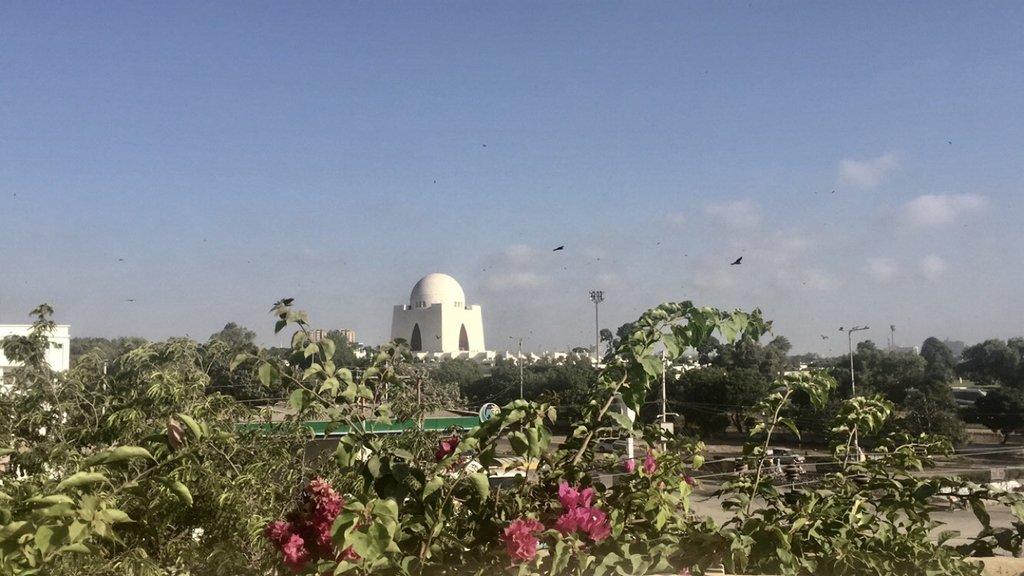 Karachi. PHOTO: EXPRESS
Karachi. PHOTO: EXPRESSWorking for uplift
Pained by Karachi losing its glory, Yusuf took up the task to work for its betterment in whatever capacity possible.
He started small, though, setting up community schools to teach children whose parents were not able to afford their education amid rising inflation. He also went on to approach the courts in the matter of a private school charging exorbitant fees, fighting the battle to have it sealed.
It was in the 1980s and Karachi was grappling with the problem of rising crime. Fakhruddin G Ebrahim had recently taken charge as the city’s governor and was contemplating measures to improve the situation. He presented the concept of community policing to bridge the gap between the citizens and the police, and appealed to the citizens to voluntarily come forward to partake in the initiative.
Under the plan, liaison committees were to be set up different police stations and were to work towards resolving the public’s issues at the stations, not requiring them to register a case in court.
Yusuf offered his services for the purpose and was chosen to head the liaison committee at Ferozabad police station. Working in this capacity, he took measures to improve the police’s operations and brought about a change in the policing system, also encouraging the women to join the force. He also worked towards the renovation and overhauling of police stations.
He progressed to heading the Police Liaison Committees (PLC) system and served at the position over an extensive period, from 1988 to 2000. As per Yusuf, as the PLC head, he took the initiative to establish a digital database of crime records and proposed the formation of a health liaison committee and appointing honourary traffic magistrates to improve healthcare and traffic respectively.
Later, he laid the foundation of People and Nature Initiative (PANI) - an NGO committed towards water-related natural habitats to achieve an ecological balance between urban development and nature. The NGO was later changed to I AM KARACHI, a platform for promoting socio-cultural activities.
Under the banner of these initiatives, Yusuf and his team collected funds for the restoration of a road leading to the Customs House, which came to be known as DJ Road. The restoration was carried out under a public-private partnership model, which Yusuf presented at a World Bank (WB) conference and received wide acclaim. Impressed by his brainchild, WB then offered the Sindh government a $100 million grant to improve other roads in Karachi under the same model.
Through the platform of PANI, he then took up the tall task of planning for the restoration and beautification of public places in Karachi, including Frere Hall and Neher-e-Khayam. Work on these projects is underway.
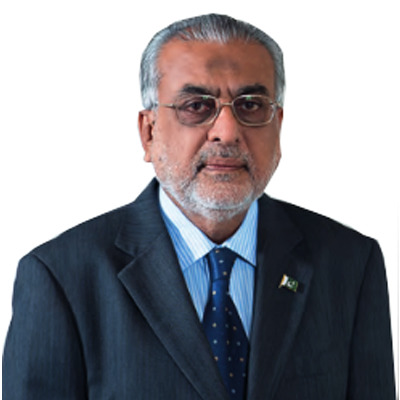 Jameel Yusuf
Jameel YusufSeeing light at tunnel’s end
Despite witnessing Karachi’s journey from riches to rags, Yusuf’s endeavours bespeak his optimistic outlook. In his opinion, the vision of political parties is changing and those struggling to find a common ground are now showing a willingness to work together for Karachi’s uplift, putting aside their differences, including the Sindh government and Karachi mayor.
However, he doesn’t absolve the public of its responsibility towards the city. “Civil society [too] should cooperate with the government and not place hurdles [in the way of Karachi’s development]. The well-off should play their part [in this regard] responsibly and the youth should come forward and take part in the city’s development,” he said.
This story is part of a weekly series that seeks to bring to light the unsung heroes of Karachi - the hawkers, traders, doctors, teachers, engineers, lawyers and daily-wage labourers. It is they who make Karachi the city of lights.
Published in The Express Tribune, March 16th, 2020.

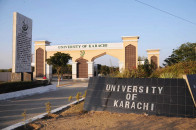


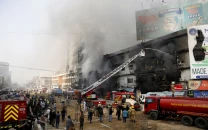
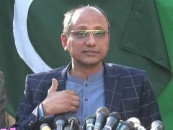


1733130350-0/Untitled-design-(76)1733130350-0-208x130.webp)









COMMENTS
Comments are moderated and generally will be posted if they are on-topic and not abusive.
For more information, please see our Comments FAQ